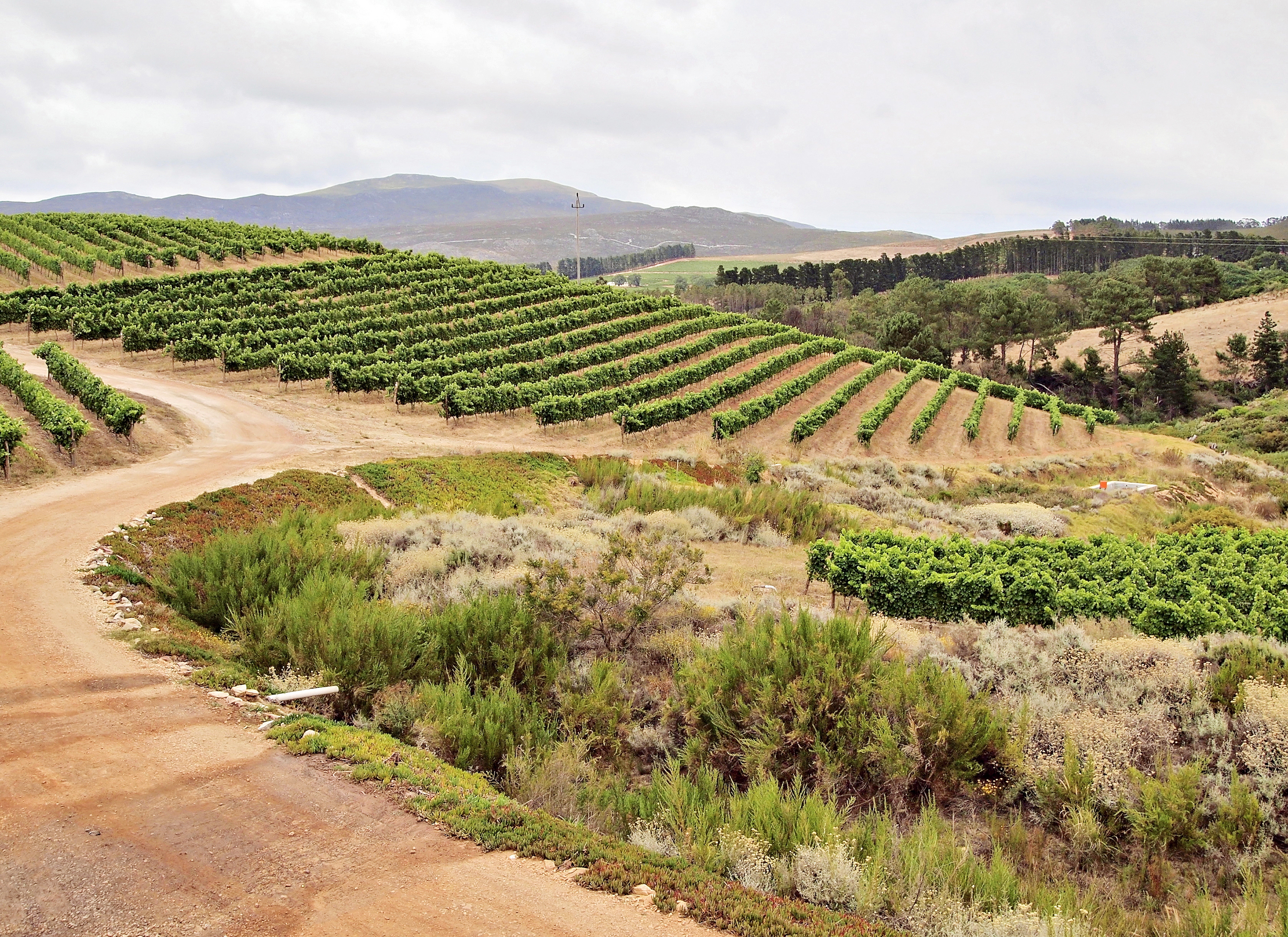The fact that Finland is a sparsely populated country is an advantage, and most of our transmission line areas are located in forests. This is not the case in Central Europe, where legislation in some countries allows construction almost directly under the lines.
“The pressure related to land use in densely populated countries is much greater than here in Finland. The structure of transmission line towers also differs from country to country, and in some places there is more space under the lines than in Finland. This and differing legislation make, for example, construction and fruit tree cultivation possible under the lines,” says Fingrid’s Special Advisor Tiina Seppänen.
Since 2011, the European Union’s Life Elia project has been looking for best practices for use of the land under transmission lines, especially with consideration to natural diversity. Belgium and France are the project’s target countries, but ideas have been sought throughout Europe.
“Fingrid has collaborated with Life Elia. Some of the utilisation opportunities that have come up include berry and fruit orchards, sheep pasturing, ponds and wetlands, and environmental education. In particular, wetlands have been added in the target countries of Belgium and France as well as in Finland. We are often asked about establishing game wetlands, and this is permitted as long as electrical safety is taken into account.
Differences related to geography and populations
Fingrid has done studies on land use for transmission line areas as well as an international comparison on the topic. The latest study in 2015–2016 examined utilisation of transmission line areas in Sweden, Norway, Denmark, Great Britain and the United States.
“Sweden and Norway focus on increasing the diversity of flora and fauna, while in Norway the mountains restrict land use. The United States wanted to find new opportunities for recreational use by people and in Great Britain transmission line areas were under cultivation or located in densely built-up cities. The Life Elia project also emphasises the diversity of forest nature in France and Belgium,” states Seppänen.
www.life-elia.eu/en/








